CineCola's Top 10 Horror Films of All Time
Top 10s are always tricky things, especially when done by genre - never mind a genre so popular and subjective as horror. And with so many films always left to see, one must take into consideration the level of influence each individual film has had on the works that followed it. Nevertheless, without further ado, here is a list of 10 of the greatest horror films of all time. Feel free to tell us what your favourite spooky feature is.

10 - THE EXORCIST by William Friedkin (1973)
One of the most perfect and bone chillingly scary horror films ever made, it is the story of a little girl who is possessed by the devil. The Exorcist is not only terrifying because of the startling visuals, the dark theme of the story and the compelling performances by the cast, it is also because of Friedkin’s direction and the quality of the script, both never disregarding an intimate and dramatic undertone for all individual characters, each with a compelling individual background story which adds depth and class to an otherwise used and abused horror storyline.

9 - FRANKENSTEIN by James Whale (1931)
An obsessed scientist gives life to a monstrous creature from body parts of exhumed corpses. Whale's vision of Frankenstein is a classic that continues to frighten to this day. This is not only due to the great photography, with its careful lights and shadow play, but also because he is very sensitive to the many themes like madness and social acceptance that can be found in the original novel by Mary Shelley, thus never falling for the same tastelessness that has plagues many works of the same genre. While the whole film and its style is still very influential, Karloff's performance as Frankenstein's monster is among the most iconic of all time.
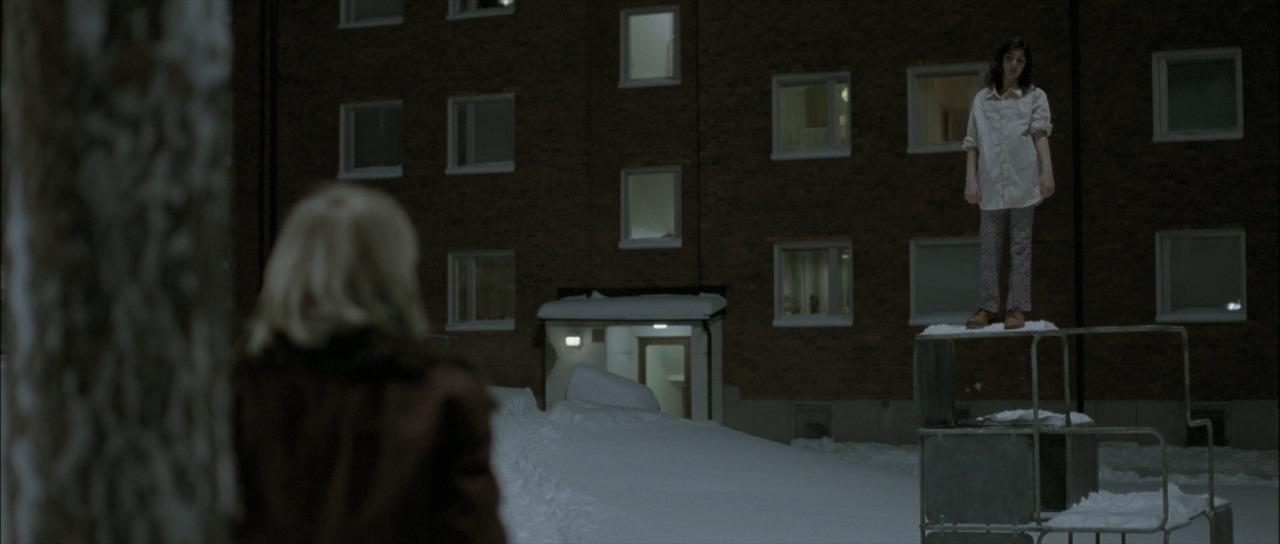
8 - LET THE RIGHT ONE IN by Tomas Alfredson (2008)
A 12 year old outcast boy who frequently gets bullied befriends his neighbour 12 year old girl. However, she is not ordinary; she is pale skinned, cannot stand sunlight and has a vital thirst for blood. Let the Right One In is a perfect modern example of a multiplex genre film getting an art-house treatment. The result is just breathtaking. From Sweden comes perhaps the best horror film of the first decade of the new millennium. Let the Right One In has a lot of gore and tension, but a distinctive style with plenty of cold lighting and an unhurried pace which heightens the psychological drama. The story itself feels fresh and original thanks to an intelligent screenplay which seems to aim at tearing down the boundaries of archetypes and structural narratives which helped lower the standards of vast majority of vampire films and horror films in general.
7 - FREAKS by Tod Browining (1932)
A circus’ beautiful trapeze artist agrees to marry the leader of the side-show performers, but his deformed friends discover that she is only marrying him for the money. A film that gets more shocking as time goes by. Tod Browning’s choice of using real deformed players came across as tasteless at the time of release, but nothing could be further from the truth. With Freaks, he looks at the side show performers with respect and awe, portraying them in such a way that certainly exploits its shock value but also touches the viewer with a surprising profound humanity. Unique and harrowing, as well as a film that begs to be discovered.
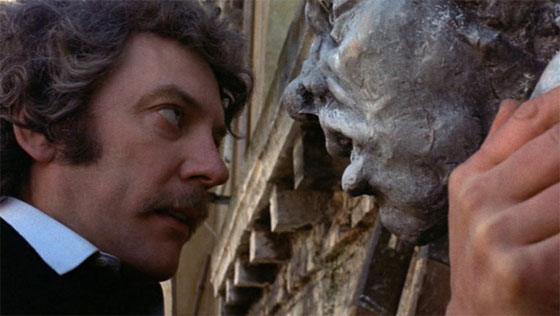
6 - DON'T LOOK NOW by Nicholas Roeg (1973)
An English couple still grieving the recent death of their daughter is in Venice for work. There, strange things start to happen, as their past comes back to haunt them aided by two sisters one of whom is blind but can see the dead, and by the husband who starts seeing strange visions of a young girl in a red coat running around the streets of Venice. The true work of a visionary, with the bleak dark tones and wonderful photography taking full advantage of its setting of Venice and a complex but yet rewarding gripping storyline filled with mystery and suspense and excellent performances by Christie and Sutherland as well as one of the most shocking climaxes in the history of the paranormal thriller. A dark and haunting film, Don't Look Now is simply amazing as well as a stylistic achievement that defines this as one of the most influential films of the seventies.
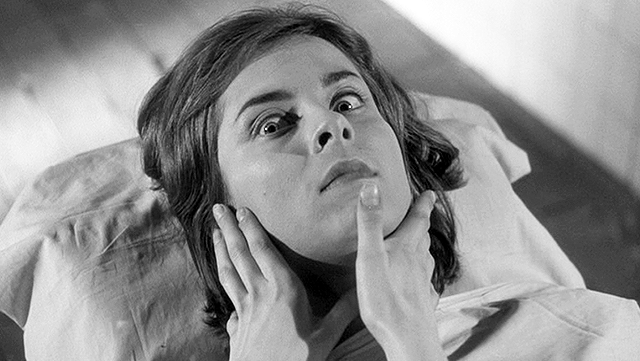
5 - EYES WITHOUT A FACE by Georges Franju (1960)
A man becomes obessed with perfecting the reconstruction of her daughter’s once beautiful face, which was disfigured in a car accident. His technique, however, requires kidnapping girls and cutting off their living skins. Though many films tried before and after to turn similar premises into film, none ever had the class and grace of Franju’s Eyes Without a Face, a nightmarish vision which represents the horror genre at its most poetic, also thanks to a wonderful cinematography and an unforgettable ending. Influential, stylish and chilling.

4 - SUSPIRIA by Dario Argento (1977)
One of the highlights of the Italian gothic horror period, or indeed one of the highlights in the gothic horror period in general, from the master of the Italian giallo Dario Argento. The story of Suspiria is rather simple, as we are taken inside a dance school run by witches. However, the imaginative way in which the story is brought to the screen unleashes an array of impressive and ramerkable stylistic techniques that make this a truly horrifying experience. Argento is quite a perfectionist when it comes to building suspense, while his use of lighting and colour is sometimes eccentric it helps construct a distinctive and unique nightmarish vision that conveys the madness of the plot and nature of the film. All this is aided by another great soundtrack which is the fruit of another collaboration between the filmmaker and prog rockers Goblin after their previous successful part collaboration on Deep Red.
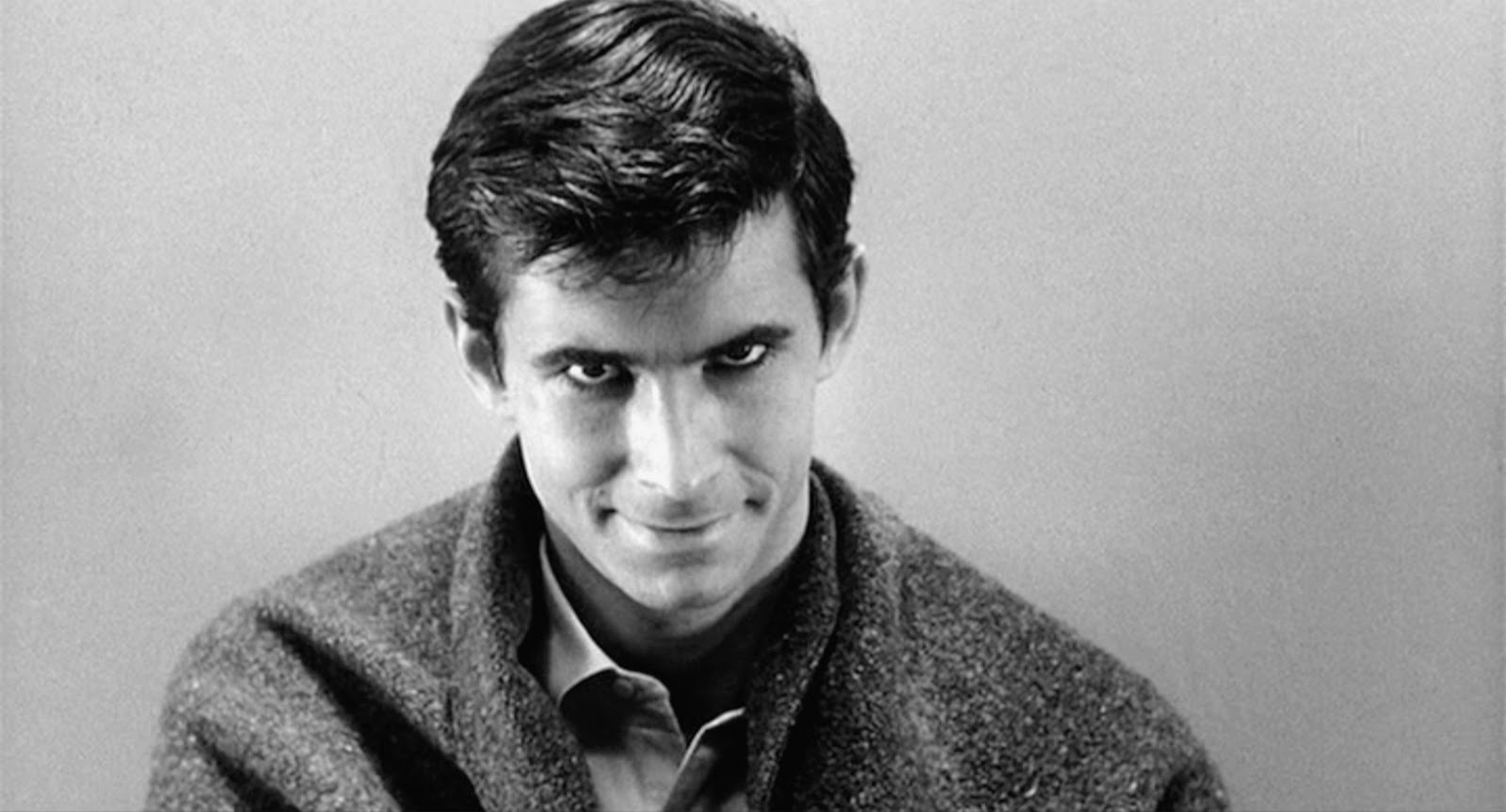
3 - PSYCHO by Alfred Hitchcock (1960)
What is still regarded not only as one of Hitchcock’s best films but also one of the most shocking films ever made is also a precursor for the modern horror genre, with its unpredictable twists, shocking developments and unsettling feeling as well as one of the most iconic characters in the history of the genre, Norman Bates in a stand out performance by Anthony Perkins, and of course one of the most distinguished and famous sequences in a film with the shower scene that is a perfect collaboration of camerawork, editing and soundtrack. Gripping to start to finish, Psycho is an intelligent mix of psychological and physical horror by the master of suspense.
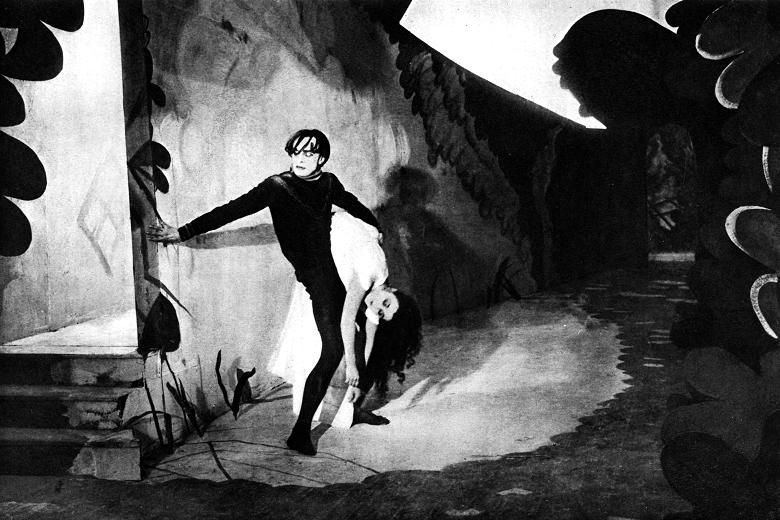
2 - THE CABINET OF DR. CALIGARI by Robert Wiene (1920)
Regarded as the film that kickstarted the cinematic German expressionist movement, The Cabinet of Dr. Caligari by Robert Wiene is still one of the most haunting and influential horror movies of all time, with its heavily stylised sets and subjective camerawork, as well as a the psychological theme of mental illness in a story about the evil Dr. Caligari, a man who by hypnotising an innocent villager and turning him into a zombie like figure, makes him carry out murders. An original work and a classic to be discovered. Revolutionary and distinctive in its use of an hyperstylised art direction through distorted and deformed sets as well as openly shameless surrealist overacting even for its time, this film even reserves shocking plot developments and unexpected, including a final immensely rewarding one, that digs deep into the very nature of nightmare and the mystery of the human mind.

1 - THE SHINING by Stanley Kubrick (1980)
Stephen King famously despised this big screen version of his own work. Nevertheless, whether he likes it or not, The Shining is rightly one of the most celebrated works of the horror film genre. The story is that of a writer who is experiencing writers’ block heads to an isolated hotel for the winter where evil spirits lurk. A truly eccentric and stylised experience signed Kubrick, who chronicles a descent into madness in a truly horrifying way that aims and succeeds in deviating from conventional forms of storytelling. In fact, the narrative structure of the film could be likened to that of the maze where the film ends – intricate and experimental, this is one of the things that has kept people speculating on some supposed hidden meanings that lie within it. The photography is exemplary, famously making use of Steadycams for the first time in a major motion picture. The mood and atmosphere is haunting and makes for one of the most frightening baroque vision cinema has ever experienced. On top of that, Jack Nicholson plays a mean leading character and makes this chronicle of a descent into madness more real, authentic and therefore genuinely psychologically compelling.